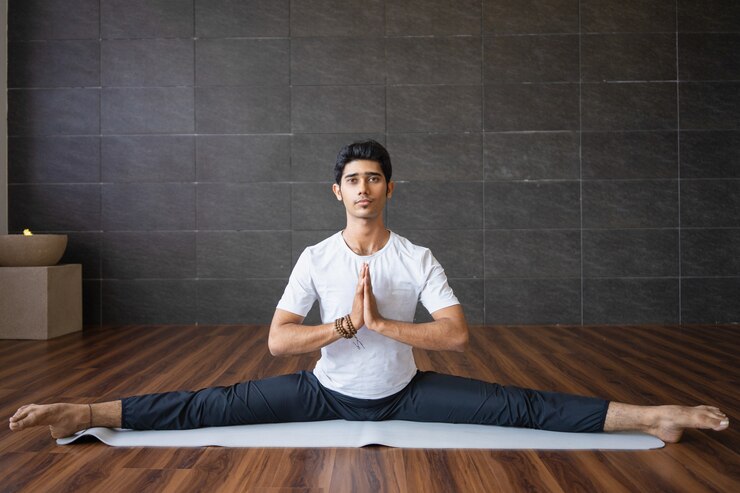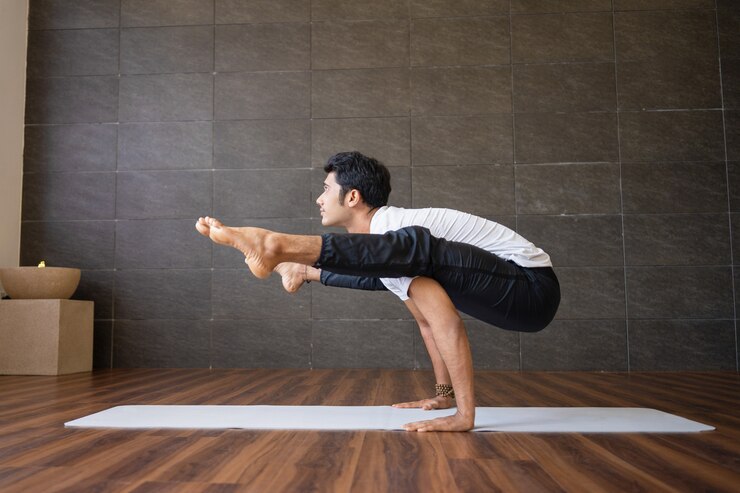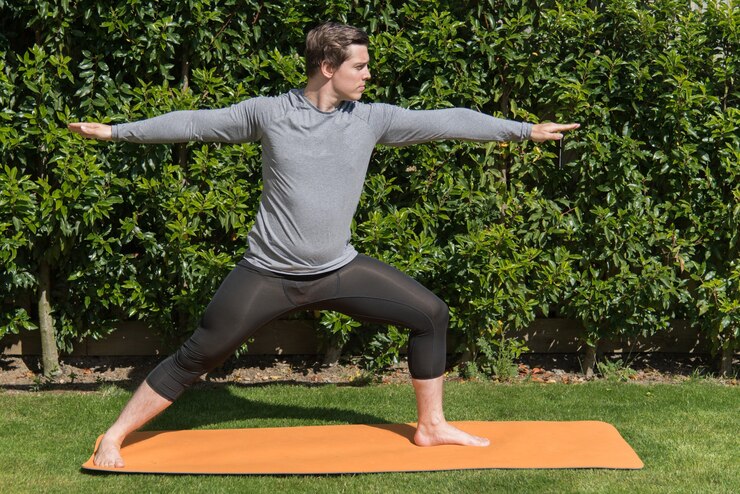The headstand yoga position on ones head and hands pose, also known as Sirsasana, is a powerful inversion that involves balancing on one’s head and forearms while the rest of the body is vertical. yoga position on ones head and hands This challenging yet rewarding pose offers a multitude of physical and mental benefits when practiced correctly.
Benefits OF yoga position on ones head and hands
The benefits of mastering the headstand pose go beyond physical strength. It improves blood circulation, strengthens the core and upper body muscles, yoga position on ones head and hands and enhances focus and concentration. Additionally, it can relieve stress and anxiety, making it a valuable addition to any yoga routine.

Preparation for yoga position on ones head and hands
Before attempting the yoga position on ones head and hands, it’s essential to prepare your body and mind. Warm-up with gentle stretches and poses that target the shoulders, arms, and core muscles. yoga position on ones head and hands Ensure your environment is clear of obstacles and use a padded surface for added safety.
Technique
To perform the headstand pose:
- Begin in a kneeling position with your forearms on the ground, forming a triangle with your hands clasped.
- Place the crown of your head on the mat between your hands, keeping your elbows directly below your shoulders.
- Lift your hips upward, straightening your legs and walking your feet closer to your head.
- Slowly lift one leg off the ground, followed by the other, until your body is aligned vertically.
- Engage your core and legs to maintain balance, and breathe deeply in this inverted position.
- To exit the pose, lower one leg at a time back to the ground with control.

Safety Tips
While practicing the headstand pose, prioritize safety:
- Avoid sudden movements or jerks that could lead to falls or injuries.
- Use a wall or a spotter for support until you feel confident in your balance.
- Listen to your body and never force yourself into a position that feels uncomfortable or painful.
Variations
Explore different variations of the yoga position on ones head and hands to challenge yourself and target specific muscle groups. yoga position on ones head and hands Variations include the tripod headstand, bound headstand, and split-legged headstand, each offering unique benefits and challenges.
Common Mistakes
Common mistakes to avoid when practicing the headstand pose include:
- Allowing the neck to bear too much weight, leading to strain or injury.
- Arching the back excessively instead of maintaining a straight line from head to heels.
- Holding the breath or tensing the muscles instead of breathing deeply and relaxing into the pose.
FAQs
- Is the headstand pose suitable for beginners?
- Beginners should start with preparatory poses and gradually work towards the headstand under the guidance of a certified instructor.
- Can anyone do the headstand pose?
- While most people can eventually master the headstand with practice, individuals with neck or back injuries should consult a healthcare professional before attempting.
- How long should I hold the headstand pose?
- Aim to hold the pose for a few breaths initially, gradually increasing the duration as your strength and confidence improve.
- What should I do if I feel dizzy or lightheaded during the headstand?
- Exit the pose slowly and return to a seated or lying position. Avoid pushing yourself too far and listen to your body’s signals.
- Are there any contraindications for practicing the headstand?
- Pregnant individuals, people with high blood pressure, or those with certain medical conditions should avoid the headstand pose or practice it under professional guidance.
The yoga position on ones head and hands pose offers a myriad of benefits for the body and mind, making it a valuable addition to a yoga practice. With proper preparation, technique, and safety precautions, anyone can experience the transformative effects of this powerful inversion.
Read More Articles yoga-videographer

